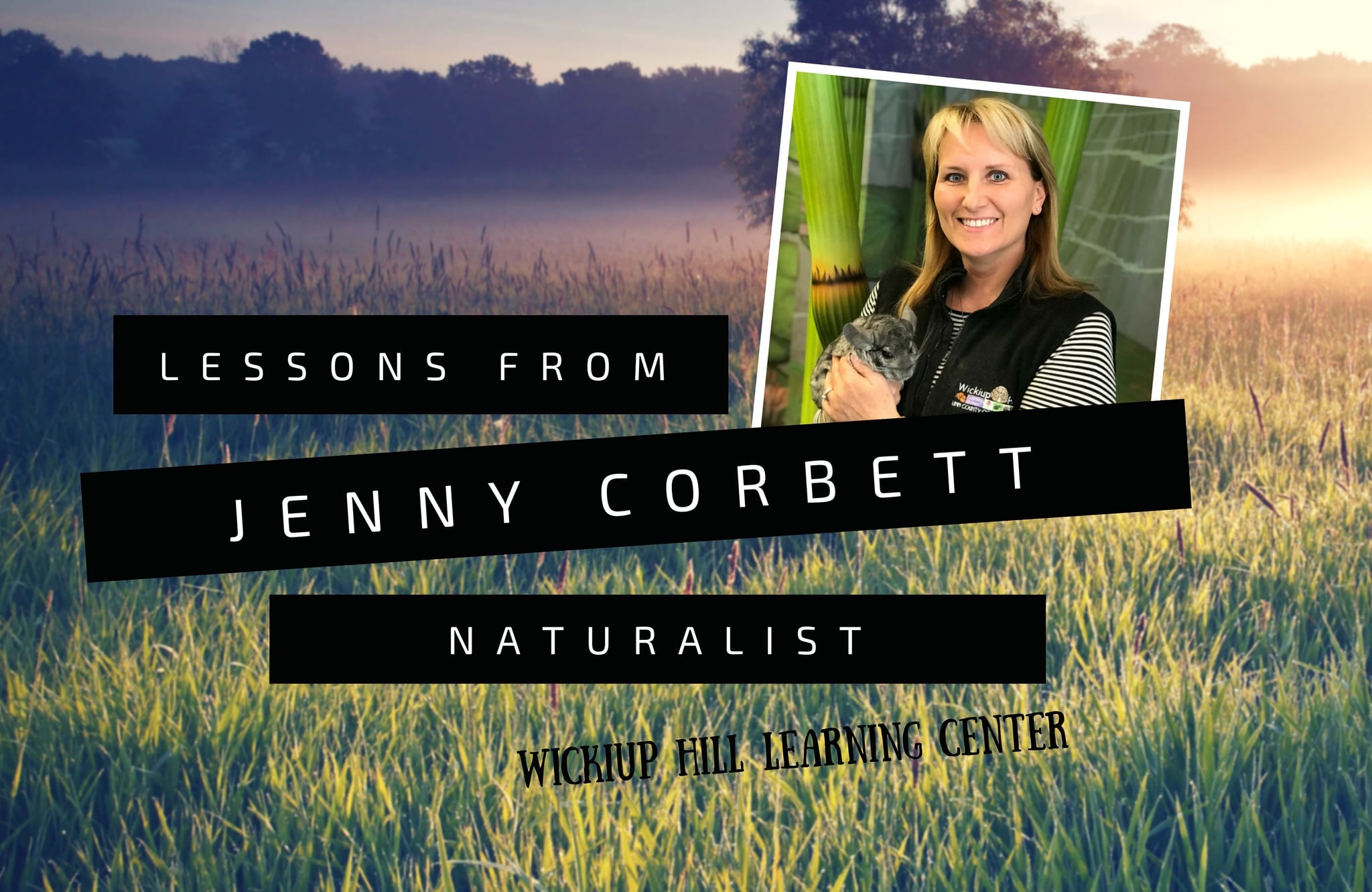Experts in the Field: Lessons from Jenny Corbett
Thursday, April 19, 2018 3:52 PM by Taylor Studios in Inspiration and Client Success Stories

Jenny Corbett, Naturalist at Wickiup Hil Learning Center, shares insights on her experience in the field. Check it out!
Taylor Studios (TSI): How did you first get involved in the museum industry?
Jenny Corbett (JC): The short answer is, I needed a job. I had recently graduated from Iowa State University with an Agriculture Education degree and my fiancé and I had moved to Southern California. Looking through the local newspaper, I found a job listing with the Orange County Department of Education for a “traveling naturalist”. I really had no idea what it was but quickly found out that it was working with native wildlife and teaching children about nature. Each day, I would go to a school to show children the animals that I had with me and why they are important for the environment.
TSI: What is the most challenging moment you’ve experienced while developing new exhibits?
JC: Letting go of some of the ‘wish list’ items. When you first start off, you want it all. You don’t worry about space requirements, if it can be built or your budget. So, working with your exhibit development team is critical. They will bring you back to earth and explain to you what can be created.
TSI: What’s your best advice for someone starting his or her first exhibit project?
JC: Go ahead and still make that ‘wish list’. It shows what big ideas that you have with the exhibit company but just know that there will be changes. Also, go on road trips, check out what other museums are doing. Find out what works and what doesn’t. And when developing the exhibit, ask yourself, “will this exhibit still be meaningful in the future”?
TSI: **What exhibit (anywhere, anytime) has made the greatest impression on you?**
JC: There is a Martin Luther King exhibit at the Atlanta airport. Many people probably don’t realize it is there. The exhibit is very simple. There are no overdone photos, just a few personal items; his childhood baseball bat, a watch and radio with very short descriptions of what they are. But I think it was made simple because of the complex story that all of us already know.
TSI: **How did you get to where you are today?**
JC: I think that started when I was pretty young. You see, I was that kid. I lived on a farm, my dad a large animal veterinarian and my mom a 2nd grade school teacher. Nearly every day I would bring back some kind of animal into the house. A mole lived in the couch for 2 weeks, birds would be carried in my pockets and snakes slithered in the kitchen after I released them from the paper bags. I can go on and on! So, I think I was meant to be a naturalist. It’s just nice not to get into trouble for it now!
TSI: Which exhibit within your museum has been the most popular among your visitors? Why?
JC: The oversize room. You walk through a magnifying glass so the visitors know that everything in that room is extra-large. There is a huge green frog the visitors can sit on and large green metal poles that are painted like stems of a plant to climb up on. Kids really like that room because it’s imaginative, brightly colored and you can climb on things!
TSI: **What would you do differently?**
JC: Absolutely nothing. I am here because of has happened in the past. I enjoy what I do and hope to do it for a very long time.
Share this on social networks